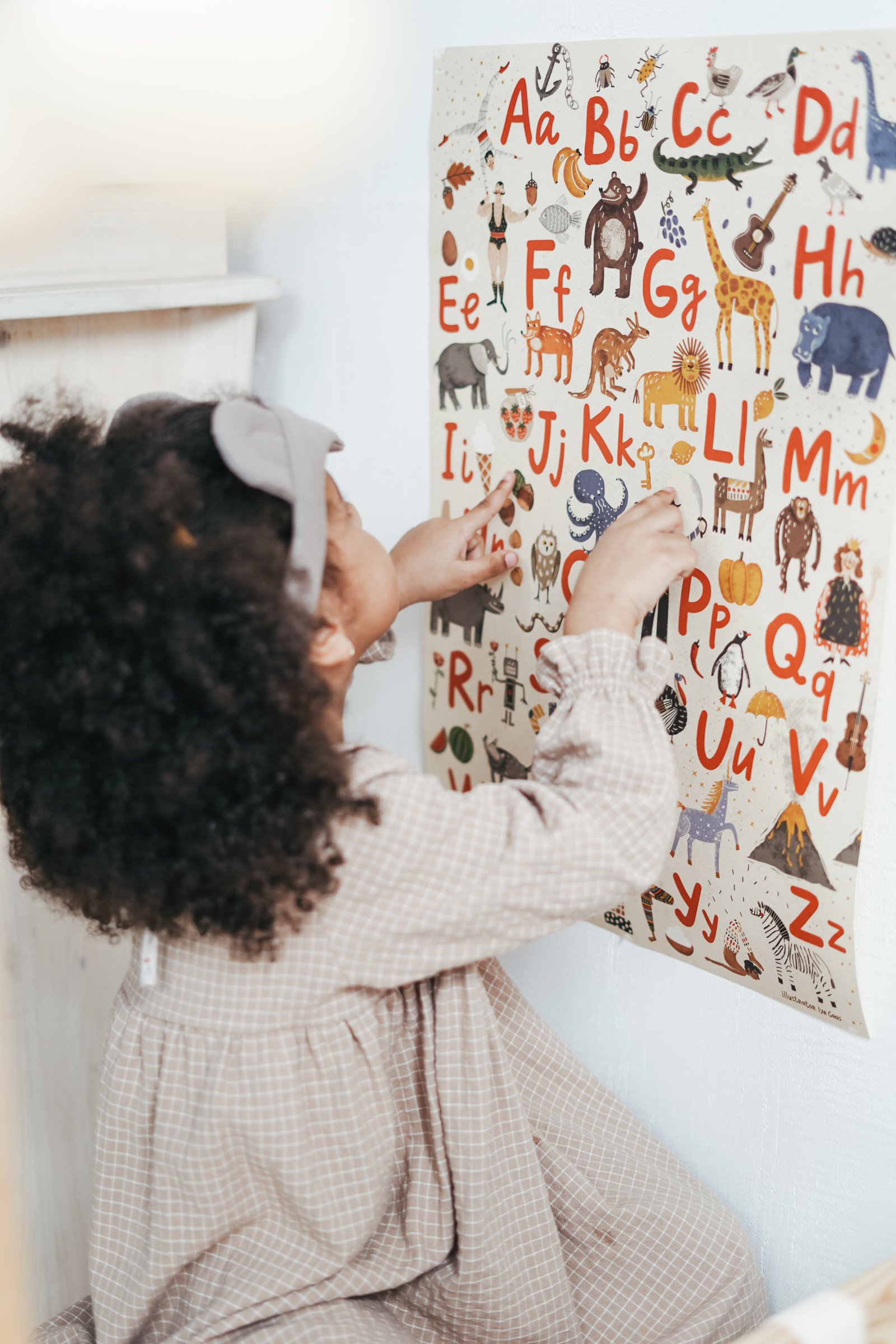Bilingual kindergartens and their benefits.

Bilingual kindergartens, where children are taught in two languages, have become increasingly popular in recent years. There are many reasons why bilingual kindergartens are beneficial for children, including cognitive, social, and cultural advantages. In this post, I will discuss why bilingual kindergartens are better for children.
Firstly, being bilingual has cognitive advantages. Studies have shown that bilingual children are better at tasks that require switching between different tasks or focusing on multiple stimuli. This is because learning two languages enhances executive functions, such as inhibitory control and working memory. Bilingual children also tend to be more creative, flexible, and able to think outside the box. These cognitive benefits extend beyond language learning and have implications for other areas of development, such as problem-solving and decision-making.
Secondly, bilingual kindergartens can promote social integration. Children who grow up speaking different languages often struggle to communicate and may feel isolated. However, in a bilingual kindergarten, children are exposed to a diverse range of languages and cultures, which can foster empathy and understanding. Bilingual kindergartens also offer opportunities for children to learn from one another and develop friendships across language barriers. This can help to break down cultural stereotypes and promote respect for diversity.
Thirdly, bilingual kindergartens provide children with cultural advantages. Children who grow up speaking two languages are often more aware of different cultures and may be more comfortable navigating diverse environments. Bilingual kindergartens expose children to different cultural practices and traditions, which can help them to develop a sense of cultural identity and pride. In addition, being bilingual can also provide children with access to different resources and opportunities, such as travel and job prospects.
Finally, bilingual kindergartens can be better for children’s academic success. Studies have shown that bilingual children tend to have higher levels of academic achievement, including improved reading and writing skills, than monolingual children. Bilingualism has also been linked to better performance on standardized tests, such as the SAT and ACT. These academic advantages are likely due to the cognitive benefits of bilingualism, as well as the improved ability to communicate and think critically.
In conclusion, bilingual kindergartens offer numerous benefits to children, including cognitive, social, and cultural advantages. Children who grow up speaking two languages are more likely to be creative, flexible, and able to navigate diverse environments. They also tend to have higher levels of academic achievement than their monolingual peers. For these reasons, bilingual kindergartens are an excellent choice for parents who want to give their children the best possible start in life.

